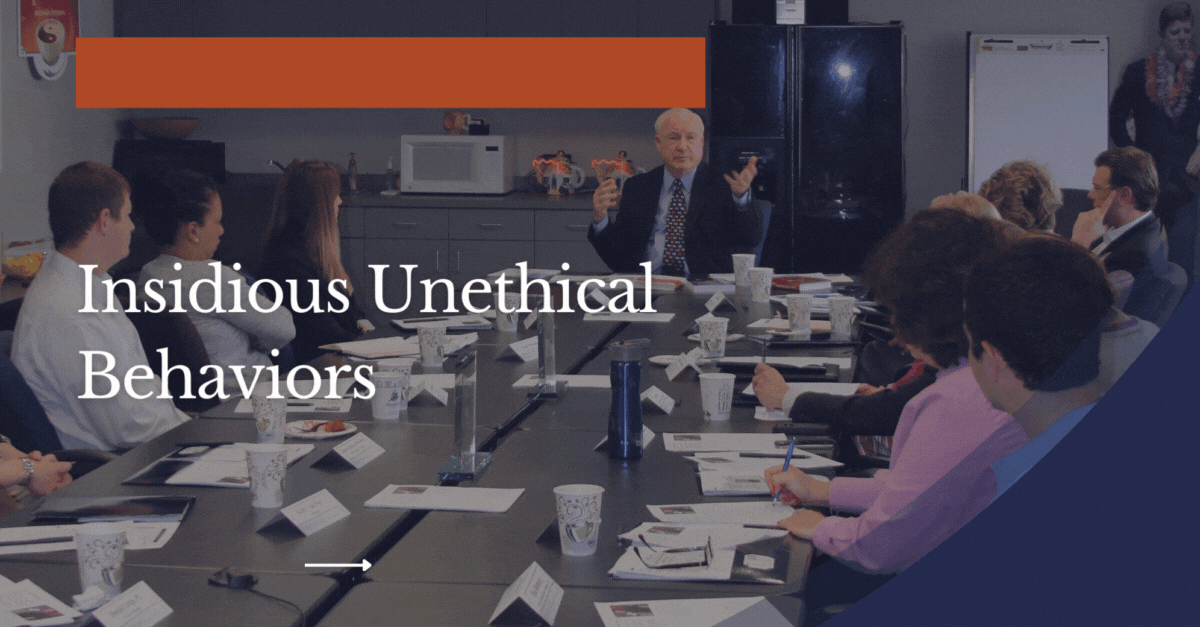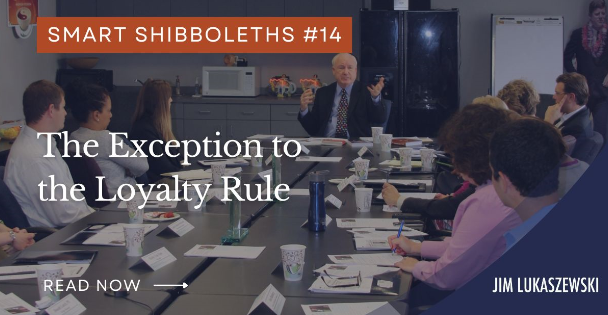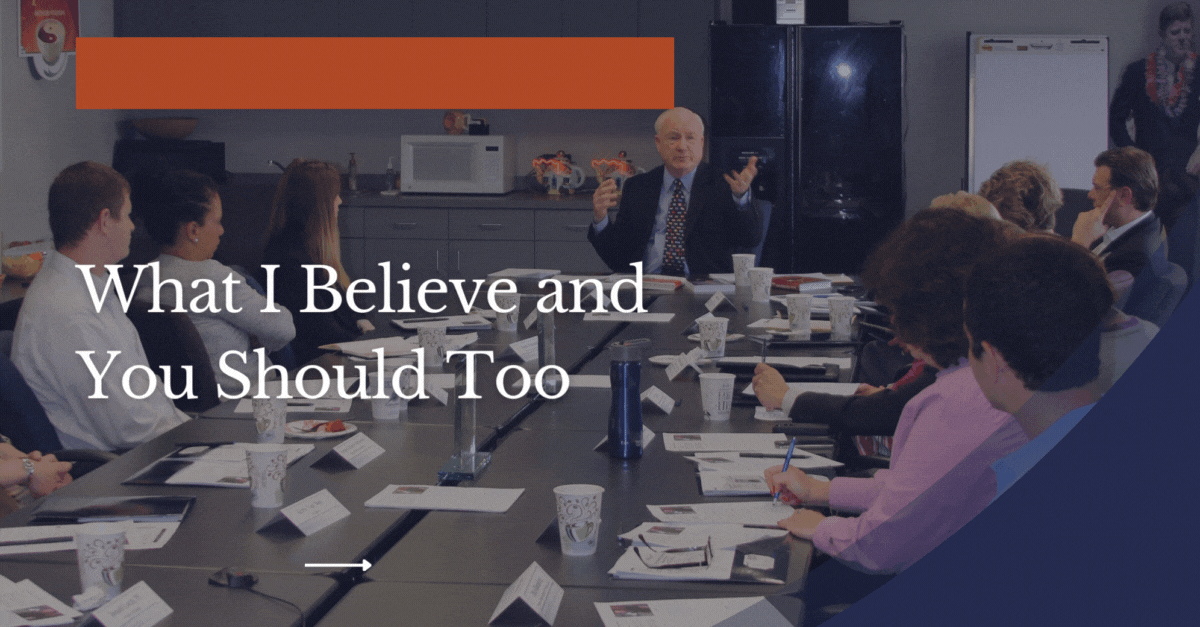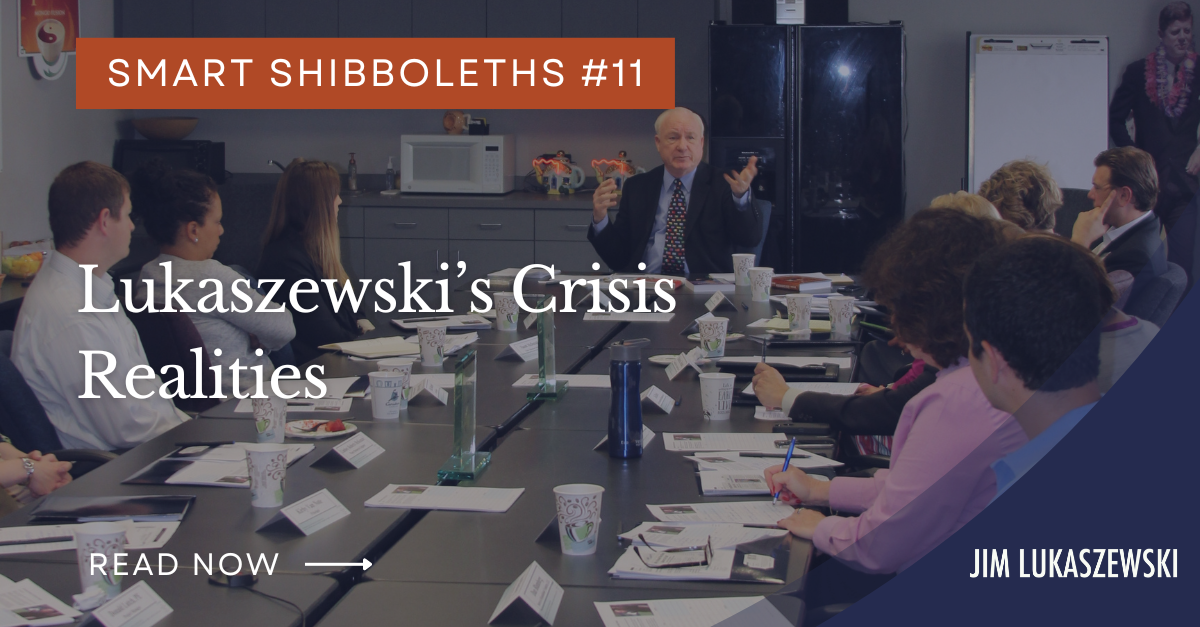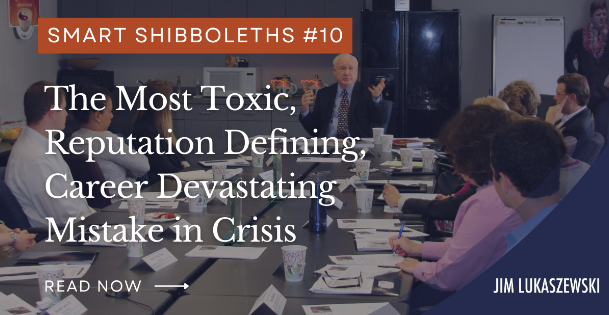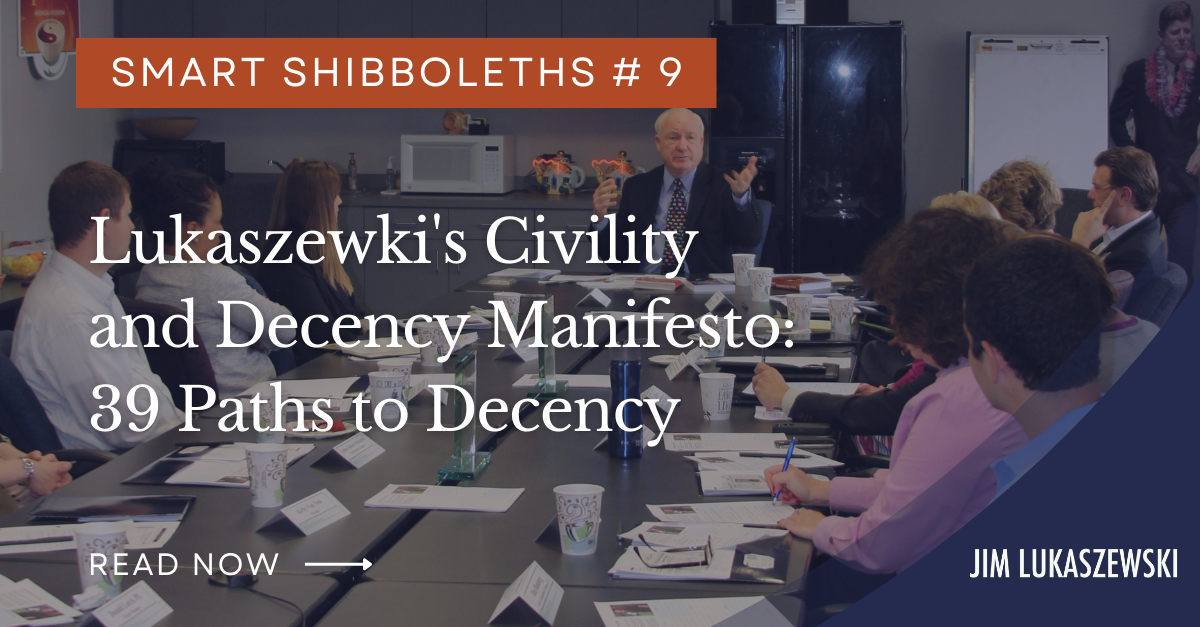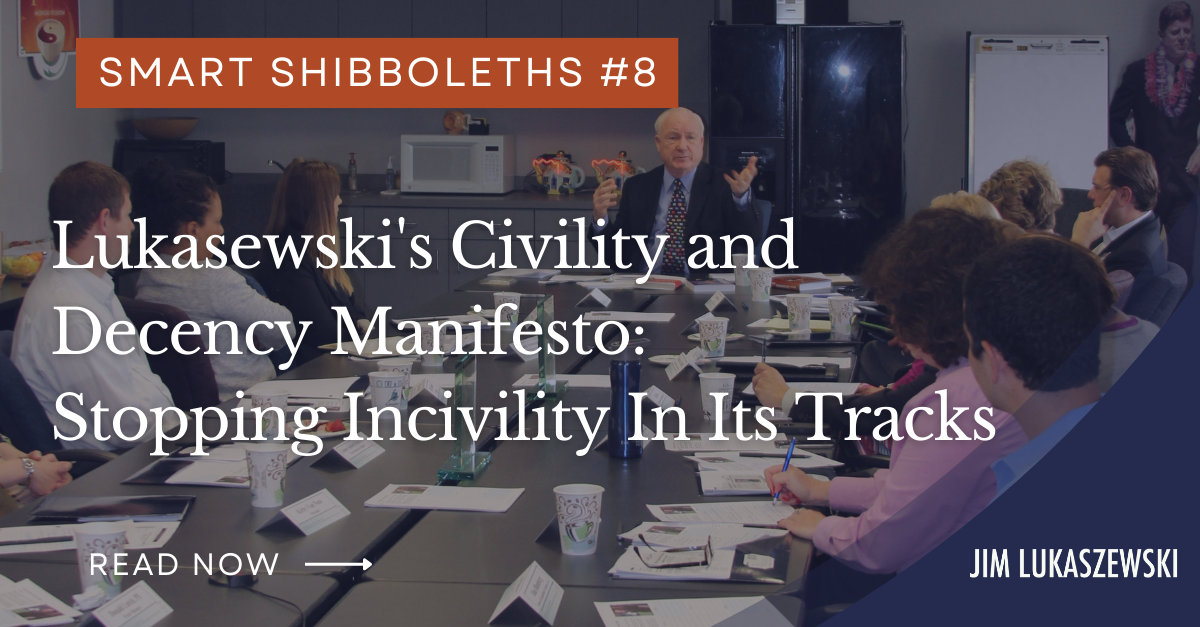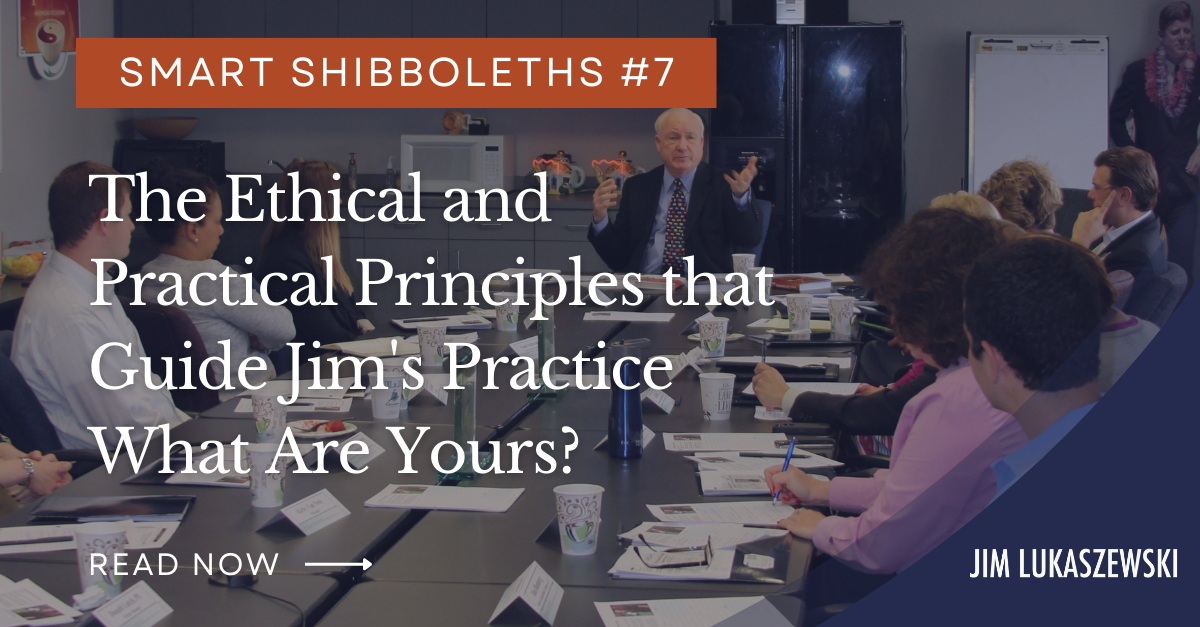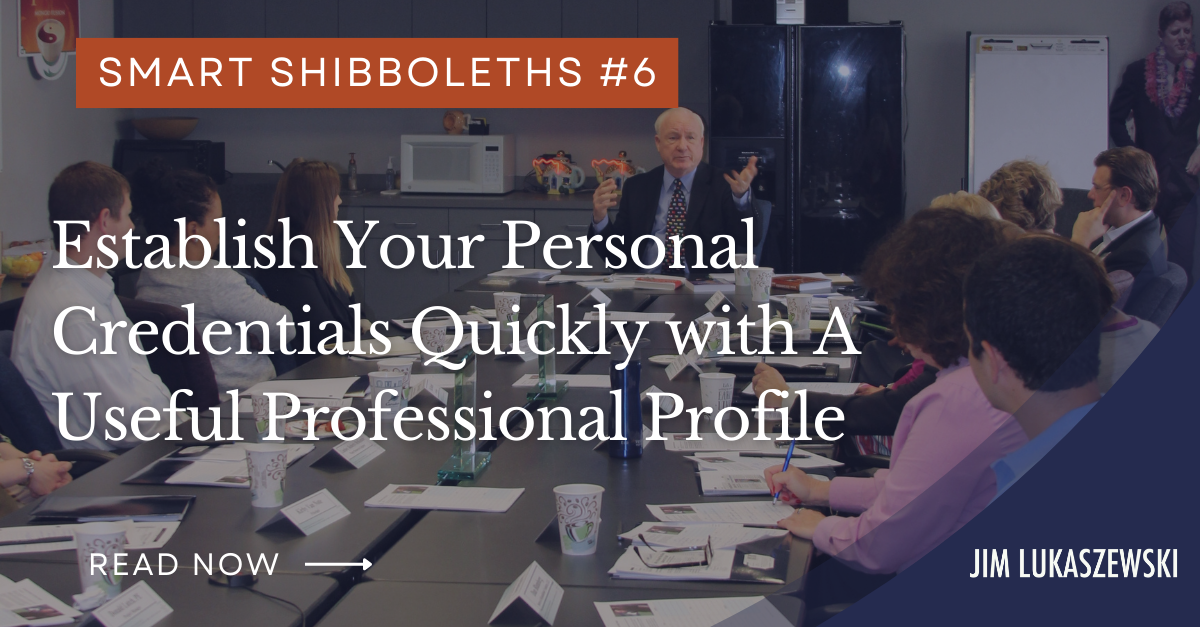WARNING, The DOJ calls these “predicate behaviors.” Less apparent, more insidious kinds of unethical behaviors that lead to crime. These behaviors are patterns prosecutors look for. Find even one of these behaviors in your vicinity, trouble is ahead. Two, get an attorney. Act promptly to eradicate (and report?) these situations.
- Lax control: Careless enforcement, education about, and monitoring of ethical standards.
- Lack of tough, appropriate, centralized compliance.
- No one assigned responsibility for teaching, enforcing, and disciplining breaches of ethics.
- Leadership that allows supervisors to overlook bad behavior.
- Leadership that allows employees to explore methods and tactics outside established guidelines.
- Emphasis on “doing whatever it takes” to achieve appropriate business and financial goals.
- Managers and supervisors who minimize the importance of oversight and compliance.
- Structuring incentives that compromise ethical behavior, the quality of products and services delivered, and shortcuts for questionable reasons.
- Failure to confront managers who chronically misbehave or chronically overlook misbehavior.
- Operating “on the edge,” always pushing for more than is appropriate.
- Ignoring the signs of or failing to question rogue behavior.
- Management tolerateing inappropriate behavior by individuals who are “critical to the organization’s mission.” Folks like super salespeople, the high achievers who are allowed to break the rules to maintain the altitude of their performance.
- Belittling or humiliating those who suggest or seek ethical standards.
- Dismissing or destroying the careers of employees who report bad or outright wrong behavior.
- Demeaning the internal or external credibility of whistleblowers, those who report lapses in ethics.
*Source The Federal Sentencing Guidelines of 1991

